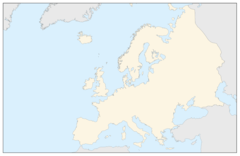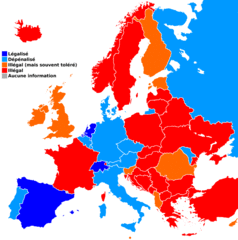Europe Time Zone Map
With over 40 countries, Europe spans multiple time zones that can differ by several hours. Understanding Europe's time zones helps when planning travel across this diverse region.
Western European Time Zone
The main time zone in Europe is the Western European Time Zone which includes the UK, Portugal, Spain, France, Germany, and Italy. It is one hour ahead of UTC and aligned with countries on the Greenwich Meridian.
This time zone is often simply called Central European Time (CET). It covers a large portion of the central EU and matches the time in continental European cities like Paris, Rome and Barcelona.
Eastern European Time Zone
Moving east, the Eastern European Time Zone has many major countries like Poland, Czechia, Slovakia, Hungary, Greece, and Finland. It is two hours ahead of UTC.
This time is known as Eastern European Time (EET) and overlaps with major eastern cities such as Warsaw, Prague, and Athens. It creates a one hour difference from CET.
Further East and Special Cases
The time zones progressively move ahead when traveling east with zones like Moscow Time (MSK) and areas that are three hours ahead of UTC.
Some countries like Spain, Greece, and Finland have multiple internal time zones creating confusion. And places like the UK shift to Daylight Savings Time along with the EU.
So check time zones before booking travel and schedule calls for business. With smart planning, Europe's array of time zones can be easily managed.


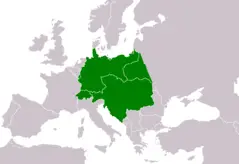

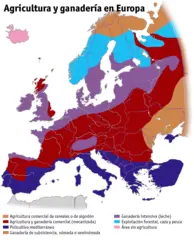
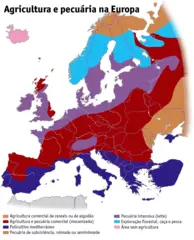
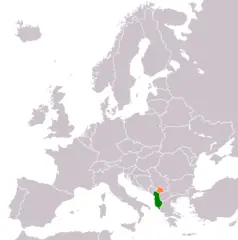
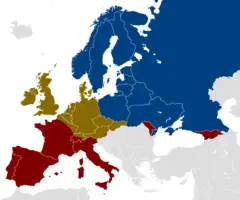

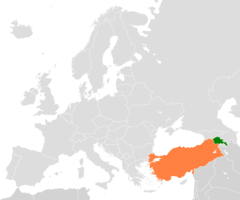
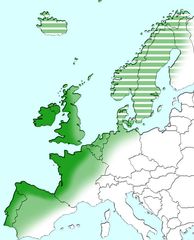
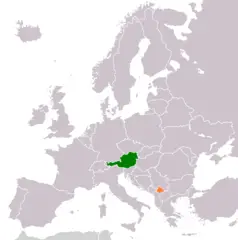
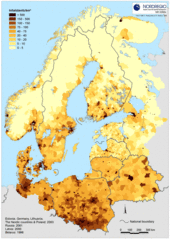
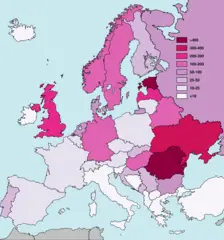
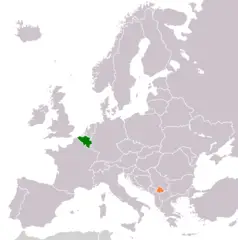
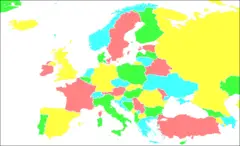
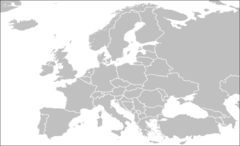
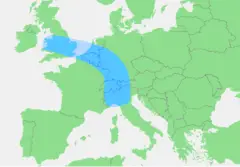
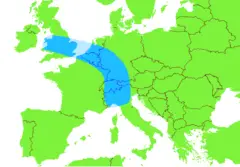
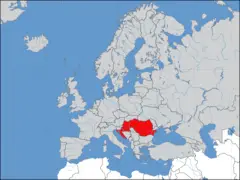
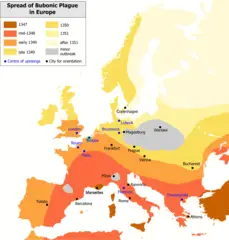
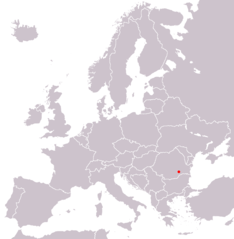
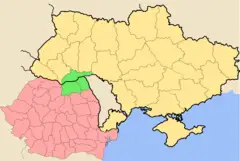
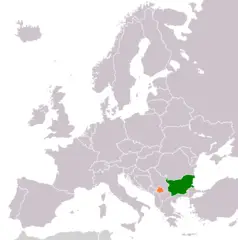
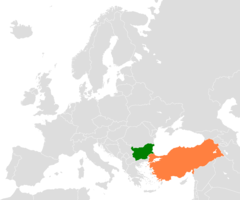
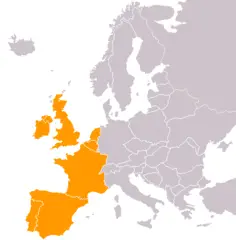
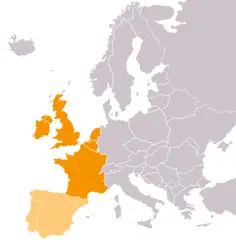
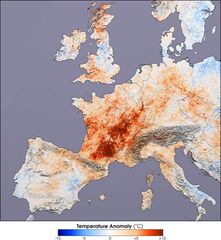
.png)
